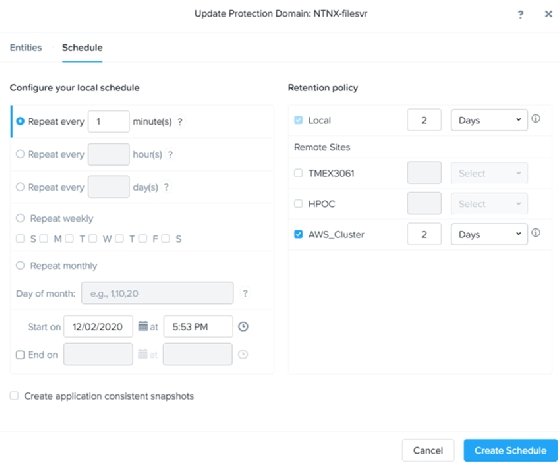
buchachon - Fotolia
Nutanix clusters files and objects into public clouds
Nutanix takes the next step in moving from hyper-converged infrastructure to hybrid cloud infrastructure by supporting file and object data in Clusters for public clouds.
Nutanix is building on its hybrid cloud capabilities, adding support for unstructured data in Nutanix Clusters for AWS and Microsoft Azure.
The hyper-converged infrastructure (HCI) vendor today made Nutanix Files available to run in Nutanix Clusters and added the ability to tier Nutanix Objects across any cloud supporting AWS S3-compatible object stores. It also said it improved its disaster recover capabilities for files and objects, lowering the recovery point objective (RPO) to one minute.
These capabilities extend functionality of Nutanix Clusters that launched in August. Clusters allows customers to move block storage data and applications between on-premises Nutanix HCI nodes and AWS Amazon Elastic Compute Cloud (Amazon EC2) instances. Nutanix struck a deal with Microsoft in September to add Clusters on Azure in 2021.
"We want to provide the same hybrid capabilities with our storage fabric for unstructured data," said Greg Smith, Nutanix VP of technical marketing. "That means files and object storage."
Nutanix Clusters is competitive to VMware Cloud Foundation (VCF), which integrates HCI nodes running VMware's vSAN with public clouds. VMware and Nutanix are the leading HCI software vendors.
Smith said having Nutanix Files available to run in AWS lets customers manage file storage across private and public clouds through one console. Cloud tiering for objects lets organizations store data on public clouds while maintaining metadata and stubs on premises on Nutanix storage. Having the metadata on premises makes it available to run analytics, and facilitates search and retrieval.

Key takeaway: Uniform management
"The key takeaway is providing uniform management across on-premises and public clouds," said Bob Laliberte, Enterprise Strategy Group (ESG) senior analyst.
Laliberte said Nutanix's additions can help organizations deal with the long-term costs of changes they made in the wake of COVID-19.
"With COVID, organizations quickly shifted applications and workloads to the public cloud to ensure business resiliency -- but they also have to consider the long-term costs," he said. "Nutanix is enabling organizations to control costs for data-intensive workloads in the public cloud and provide the requisite protection for that data with tight RPOs."
Nutanix's Smith said the improved RPO for DR came from fine-tuning the vendor's replication for block storage.
"We've been at this native replication business for some time with our HCI," he said. "That technology gives us the engine to provide same RPOs for different storage protocols -- specifically NFS, SMB and S3 objects."
Laliberte said the DR capabilities are critical for organizations dealing with mission-critical applications, as well as microservices on containers.
"Knowing that the data is protected, even on more modern apps, is really important," he said. "The one-minute RPO is needed to ensure resiliency in those ephemeral environments."
Nutanix Clusters is different than the HCI vendor's Xi cloud service, which also provides DR. The Xi cloud is managed by Nutanix in its data center, Clusters is a service running on public clouds. Nutanix charges a subscription fee for data under management in Clusters.
Hybrid Cloud Infrastructure: The 'New HCI'
Like other storage vendors, Nutanix has emphasized support to manage applications and data across private and public clouds -- especially as work forces turn remote during the pandemic.
During its quarterly earnings call last week, Nutanix CEO Dheeraj Pandey referred to its technology as "the foundation for hybrid cloud infrastructure, the new HCI of this decade."
Pandey held up the Clusters initiative as key to its hybrid cloud strategy, noting its partnerships with AWS and Azure.
"We are morphing from being a pioneer in on-prem hyper-converged infrastructure to being an authentic hybrid cloud infrastructure, the new HCI company," he said.





